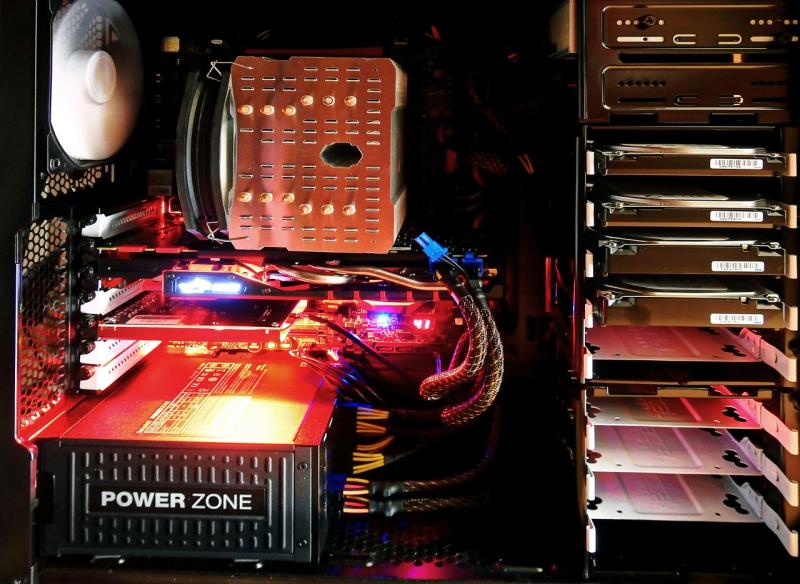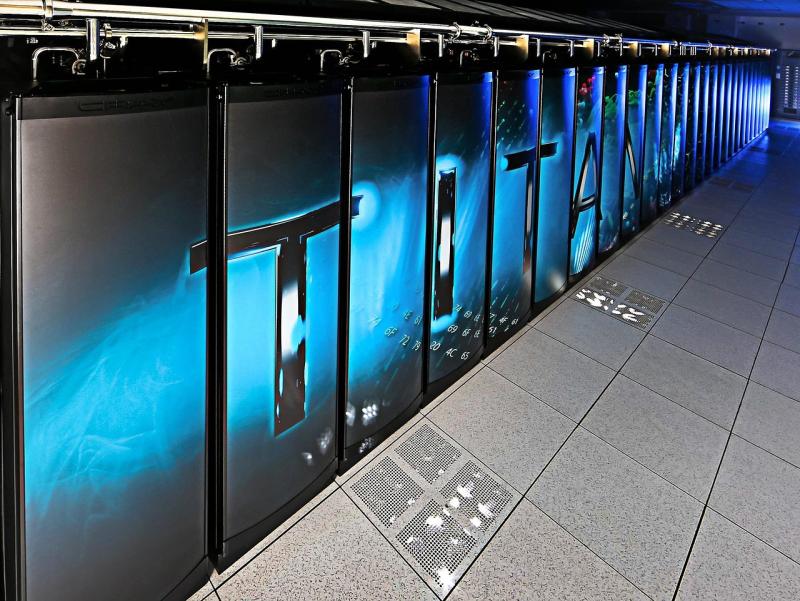### **Gaming Monitors Explained: Refresh Rates, Resolutions, and More**
The monitor is a critical component of any gaming setup, as it directly affects how you experience your favorite games. From refresh rates to resolutions, understanding the key features of gaming monitors will help you make the right choice for your needs and elevate your gaming experience.
---
#### **1. Refresh Rates: Why They Matter**
Refresh rate refers to how many times your monitor updates the image on the screen per second, measured in Hertz (Hz). The higher the refresh rate, the smoother your gameplay.
- **60Hz:** Suitable for casual gamers or single-player experiences where smooth motion isn’t critical.
- **120Hz or 144Hz:** Ideal for competitive gaming, delivering noticeably smoother gameplay.
- **240Hz or Higher:** Designed for esports players seeking the fastest possible reaction times and motion clarity.
To fully utilize high refresh rates, you’ll need a GPU capable of delivering the corresponding frames per second (FPS).
---
#### **2. Resolutions: The Visual Experience**
Resolution determines the sharpness and clarity of your display, affecting how detailed your games appear.
- **1080p (Full HD):** A budget-friendly option that’s easy to run on most hardware. Perfect for gamers focused on performance over visuals.
- **1440p (Quad HD):** A sweet spot for many gamers, offering better visuals without requiring top-tier hardware.
- **4K (Ultra HD):** Delivers stunning detail but requires a powerful GPU for smooth performance, especially at high refresh rates.
---
#### **3. Screen Sizes and Aspect Ratios**
- **Screen Size:** Common gaming monitor sizes range from 24 to 32 inches. For competitive gaming, smaller screens (24-27 inches) are preferred, while larger sizes are better for immersive experiences.
- **Aspect Ratios:**
- **16:9:** The standard aspect ratio for most gaming monitors.
- **21:9 (Ultrawide):** Perfect for immersive single-player games or multitasking but less common in competitive play.
- **32:9 (Super Ultrawide):** Best for simulation games or multitasking setups, offering a panoramic view.
---
#### **4. Panel Types: TN, IPS, and VA**
Different panel technologies offer varying levels of performance and image quality:
- **TN Panels:** Best for competitive gamers due to their fast response times, though color accuracy is limited.
- **IPS Panels:** Known for vibrant colors and wide viewing angles, making them great for immersive games and creative work.
- **VA Panels:** Offer deep contrast ratios, making them ideal for dark and atmospheric games but slightly slower in response times.
---
#### **5. Adaptive Sync: G-Sync and FreeSync**
Adaptive sync technologies eliminate screen tearing and stuttering by matching your monitor’s refresh rate to your GPU’s frame rate:
- **G-Sync:** NVIDIA’s proprietary technology, often available on higher-end monitors.
- **FreeSync:** AMD’s alternative, offering similar benefits at a lower cost.
---
#### **6. Additional Features to Consider**
- **Response Time:** Look for response times of 1ms or lower for fast-paced games to minimize motion blur.
- **HDR (High Dynamic Range):** Enhances color and contrast for more realistic visuals.
- **Curved Displays:** Improves immersion, especially on ultrawide monitors.
---
#### **Conclusion**
Choosing the right gaming monitor depends on your specific needs, budget, and gaming style. By understanding key features like refresh rates, resolutions, and panel types, you can find a monitor that complements your setup and enhances your gaming experience. A great monitor isn’t just a window into your games—it’s an essential tool for better performance and enjoyment.
View our related products
See more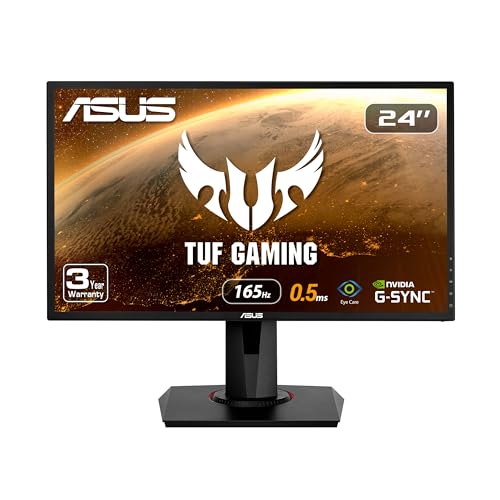
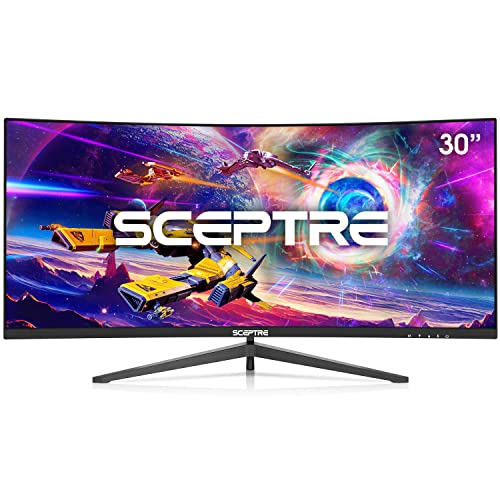
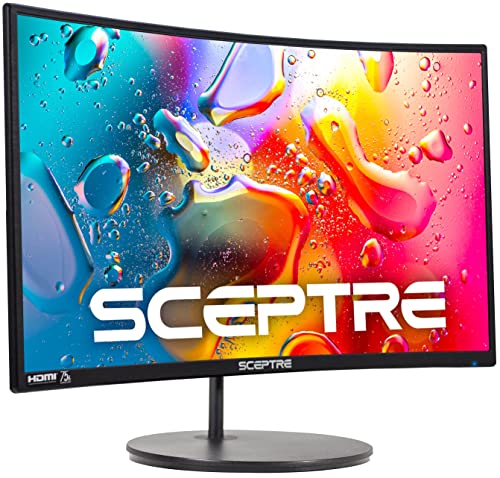
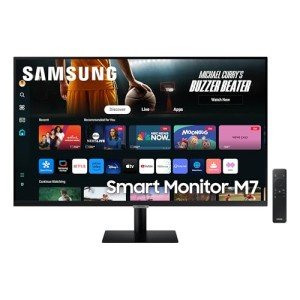
Samsung 32-Inch High-Performance Monitor
Product Review Score
4.35 out of 5 stars
8 reviews$474.09 $292.10
Gaming Monitors Explained: Refresh Rates, Resolutions, and More
The monitor is a critical component of any gaming setup, as it directly affects how you experience your favorite games
Related Articles
Essential High-Performance PC Components You Need Now
Upgrade your setup with the must-have parts for unbeatable gaming and productivity
Top Picks for Best High-Performance PCs
Find the perfect power machine for gaming, work, or creative projects
Your Guide to the Best High-Performance PCs
Find the Right PC for Your Gaming and Creative Needs
View our related products
See more



Samsung 32-Inch High-Performance Monitor
Product Review Score
4.35 out of 5 stars
8 reviews$474.09 $292.10
